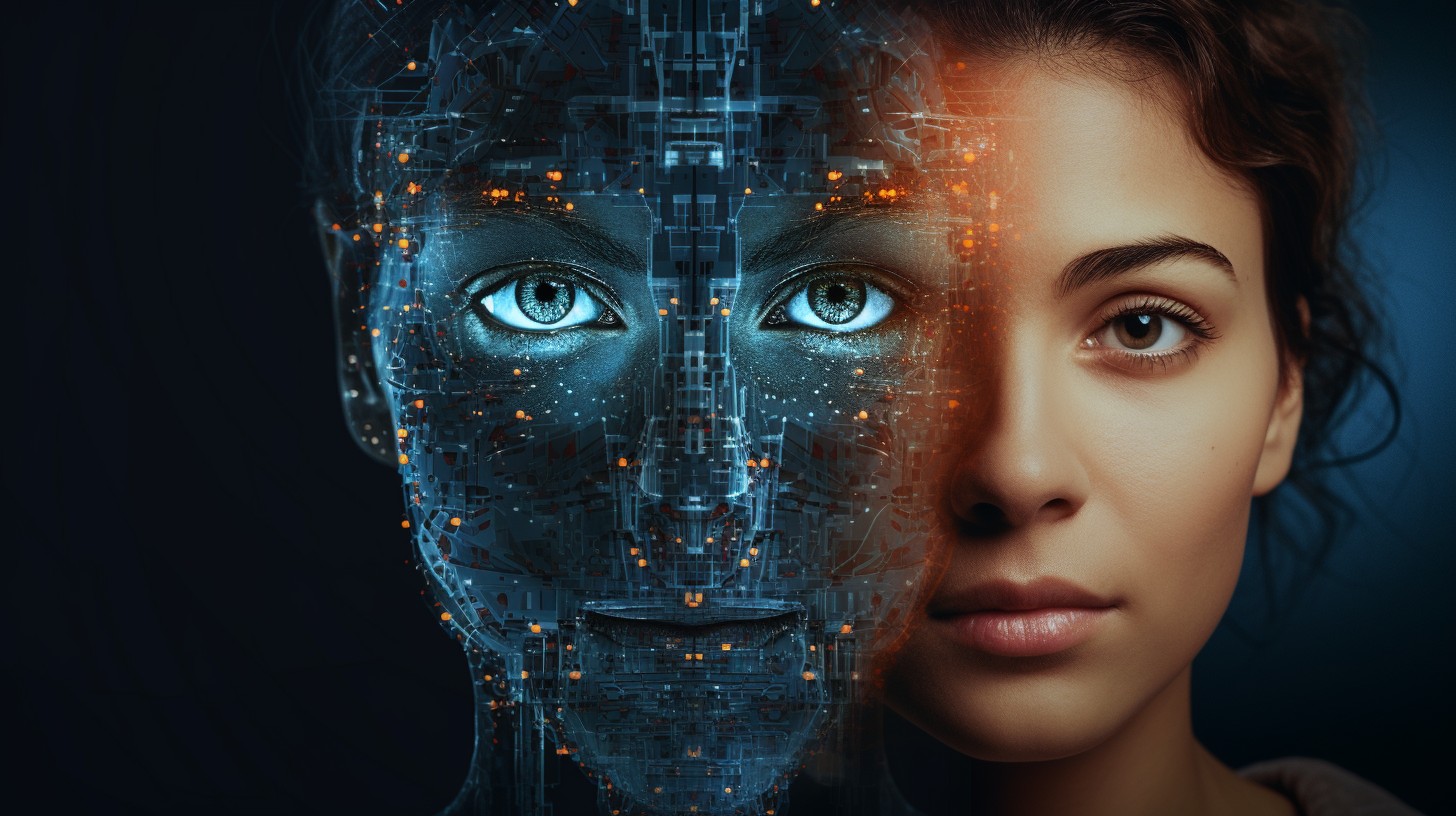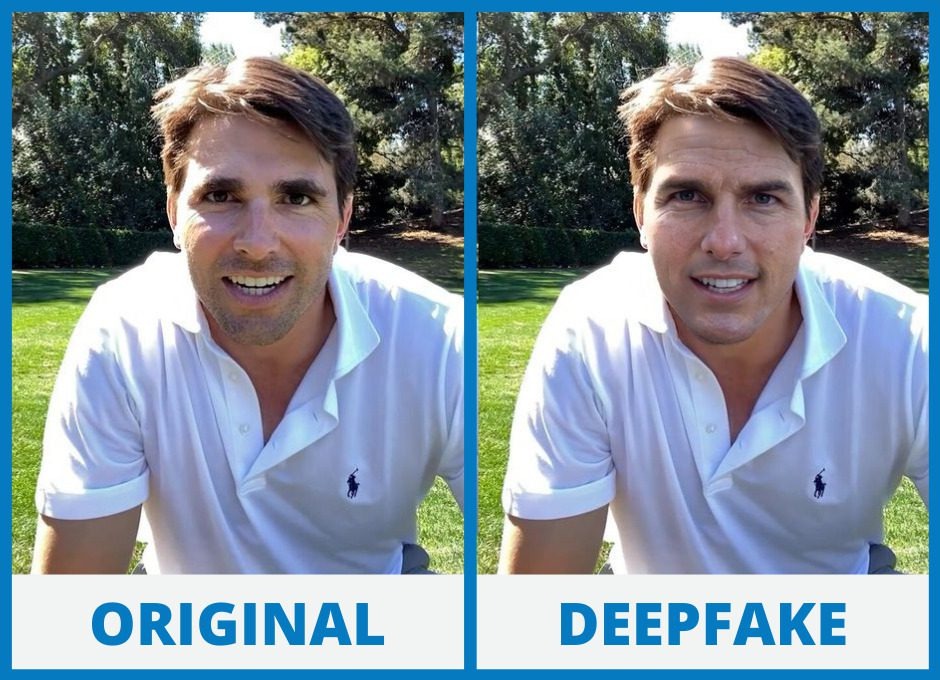A team of astronomers from the University of Hull advises how to recognize deepfakes – look for the stars in the eyes. Astronomers believe that artificial intelligence-generated fakes, called deepfakes, can be detected by analyzing the reflections in human eyes: if the reflections in the eyeballs match, the image probably belongs to a real person; if not, it’s probably a deepfake.

Professor Kevin Pimblett from the University of Hull notes that reflections in real people’s eyeballs have the correct physical characteristics, while fake images show inconsistencies.
The team analyzed the reflection of light on eyeballs in real and artificial intelligence-generated images. They applied astronomy techniques to estimate the glare of galaxies and tested the consistency between left and right eyeball reflections. Deepfakes very often have no consistency in reflections between eyes, whereas real images usually show the same reflections in both eyes.
“To measure the shapes of galaxies, we analyze whether they’re centrally compact, whether they’re symmetric, and how smooth they are. We analyze the light distribution,” said Professor Pimbblet.

CAS (concentration, asymmetry, smoothness) and Gini coefficient indices were used for this study. The Gini coefficient (G) is commonly used to measure how light in a galaxy image is distributed between pixels. A value of G = 0 means that the light is evenly distributed across all pixels, while a value of G = 1 means that all the light is concentrated in one pixel.
The CAS parameters used to measure the light distribution of galaxies were not very effective in detecting fake eyes. However, the method based on the Gini coefficient showed that deepfakes had some differences between the eyeballs.
Professor Pimblett noted that this method was not perfect and did not guarantee 100% accuracy. However, it provides a foundation for identifying deepfakes and can serve as a useful tool in combating them.
Earlier we reported on how the company was caught publishing fake space images.
According to sci.news


